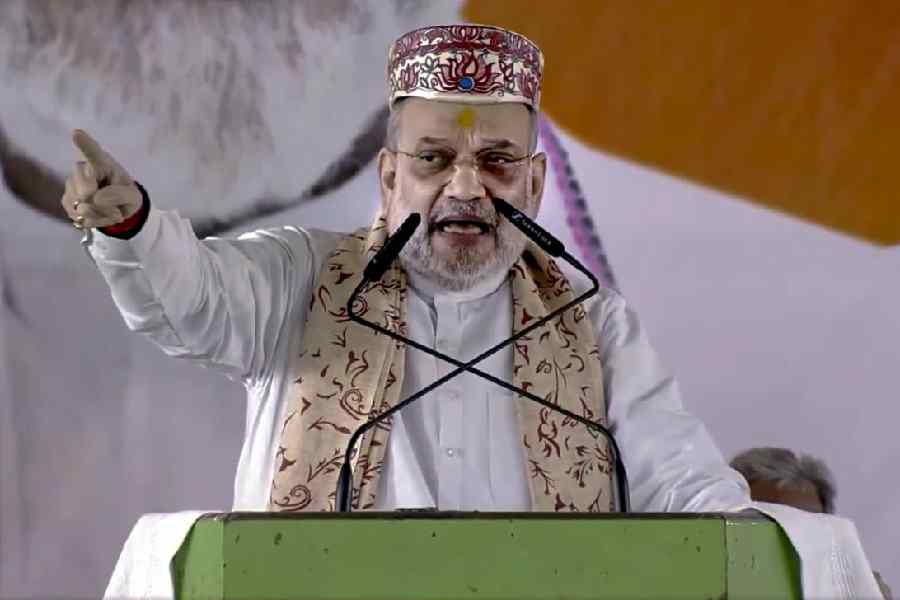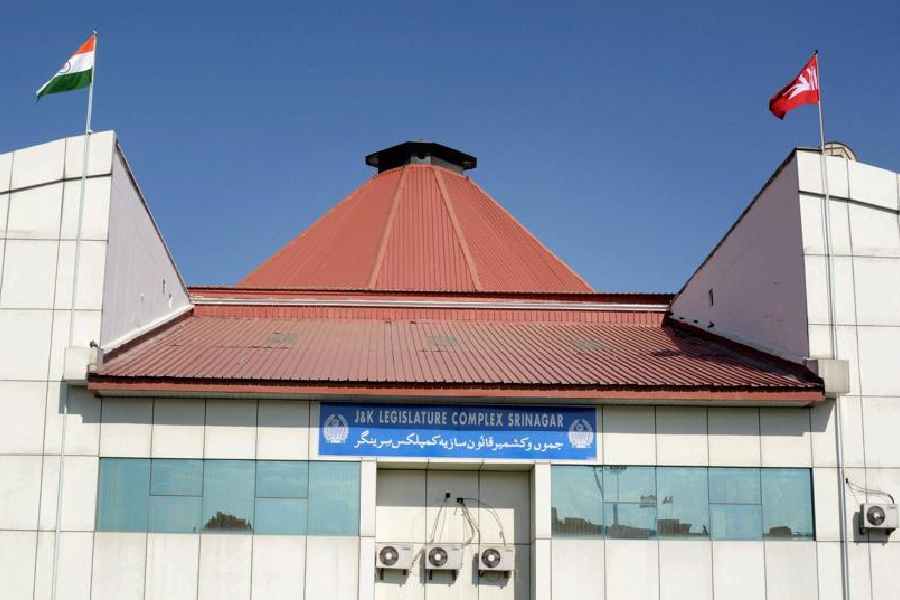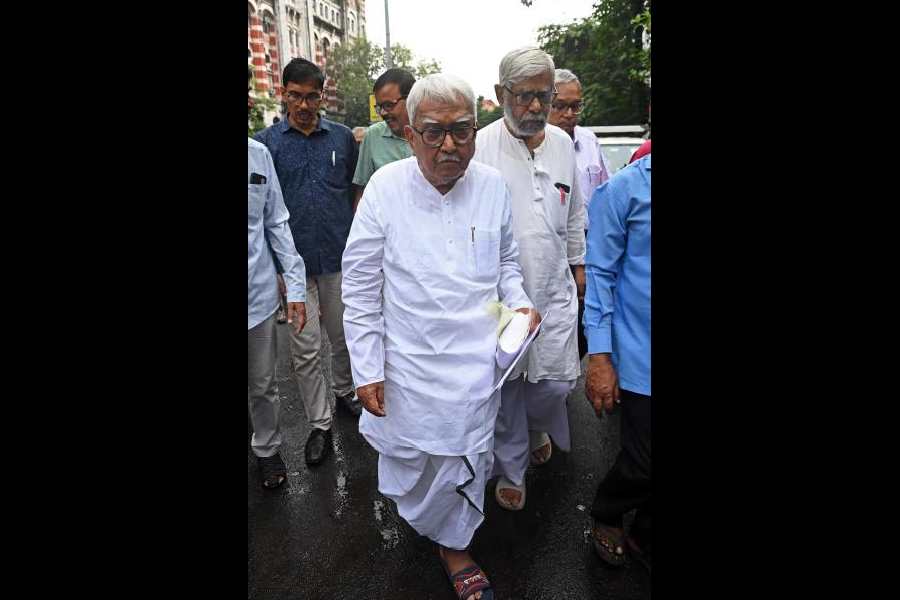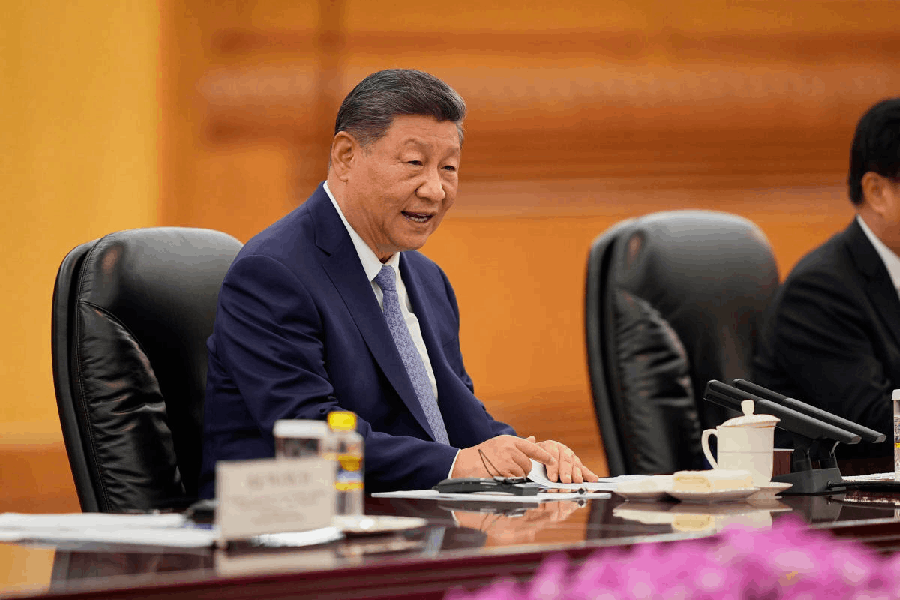 |
| A soldier on the Kitty Hawk |
Recently on board the USS Kitty Hawk in the Bay of Bengal: The first sight of the boat is through the folded wings of an E2C Hawkeye aircraft parked on the Kitty Hawk’s flight deck. The boat is, maybe, 800m away, and has a flat top with a deck slanting upwards in the front.
In the afternoon’s grey light, the grey vessel floats as if in free space, till its wake in the grey water marks out the waterline. After walking across the flight deck, you see that it’s no boat but a ship, India’s very own flagship, the aircraft carrier INS Viraat.
The Viraat has pulled up and is sailing along the port (left) side in a photo-op during the Malabar exercise.
From the USS Kitty Hawk — “America’s Flagship” — the Viraat, despite its name that means “gargantuan”, looks a third of large. Names can be misleading. Like this Hawk, where I am, it ain’t no kitty. The Viraat displaces 28,700 tonnes full load; the Kitty trebles that at over 81,000 tonnes.
On Thursday, Superhornets from the Kitty Hawk aided by the Hawkeyes — the US Navy’s eyes in the skies — “shot out” the Viraat in a simulated air-to-ship attack. An Indian naval radar controller said Jaguars of the Indian Air Force “shot out” the USS Nimitz, the nuclear-powered US carrier that has now left the Bay of Bengal.
But who’s to tot up the scores in a war game in which friends play at being enemies?
It’s more fun trying to guess who they are practising to kill. “This is a chance to assess our own skills,” said Vice-Admiral R.P. Suthan, India’s eastern naval commander and the boss of the Malabar 07-02 exercise. “We’re doing a range of things. There are no enemies here, only friends.”
The first phase of this episode of the Malabar exercise is now over. It has covered anti-submarine drills, dissimilar air-combat sorties and air-to-air and air-to-surface targeting, based on Nato procedures. Preparations are now on for the climax of the exercise, a scenario of a “mock war”, as navy chief Admiral Sureesh Mehta had said.
Nobody gives out details, but it is possible to glean the information by talking to naval and air warriors engaged in the exercise from the Indian forces. It probably involves a scenario in which an adversary — maybe a terrorist group or a hostile power — has occupied or threatens to occupy territory or a vessel. The “coalition forces” will try to “liberate” that territory through a mix of air, sea and land power.
But who is the enemy?
“This is not directed against anybody,” Vice-Admiral Doug Crowder, chief of the Seventh Fleet, repeats. The exercise, according to him, has arisen from “the need to operate together, learn from each other across the sort of mission areas we may face in future”.
The answer to the question — who is the enemy this Asian coalition is preparing for? — therefore must remain a mystery, at least here in the Bay of Bengal, among the navies of five nations.











